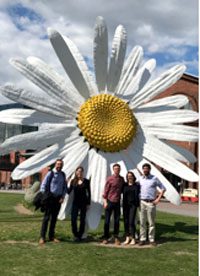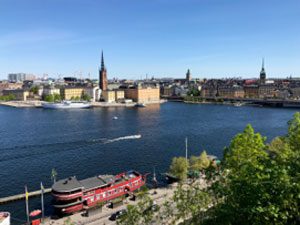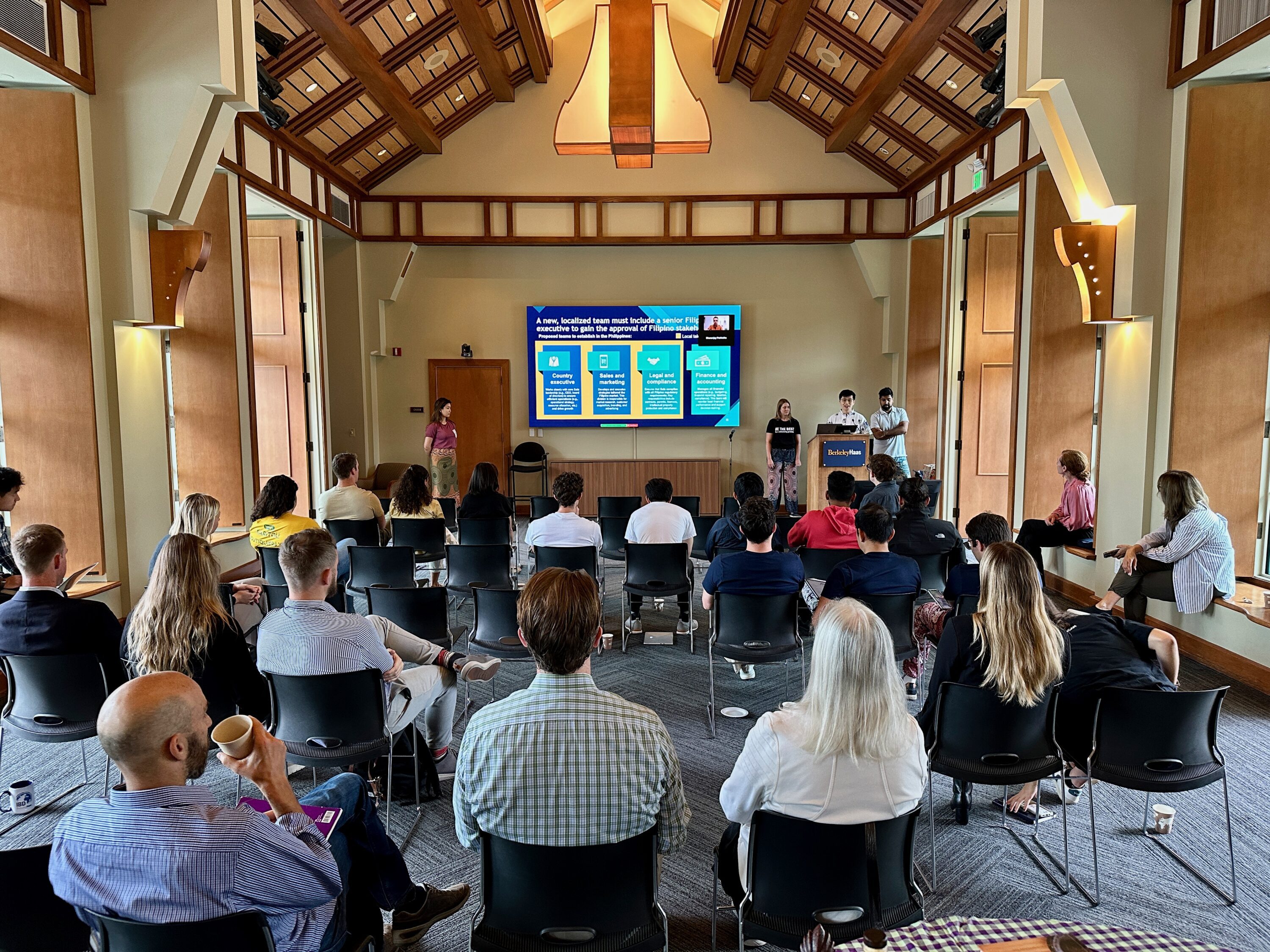Updates from the IBD – Team Tekes in Finland
Berkeley-Haas Full Time students Lauren Elstein, Javier Gunther, Natalie Osterweil, Mitch Plueger, and Matt Shelton are working on an IBD project with Tekes in Finland.

Who are the Finns?
Considering how familiar we generally are with European countries, upon our arrival we quickly realized that we knew very little about the most eastern of the Nordic countries. Relegated to the far North and in the cross section of east and west, Finland’s geography and history have formulated a unique culture that none of us had imagined.
About a week into our trip, our IBD group found ourselves sitting in a semi-circle of
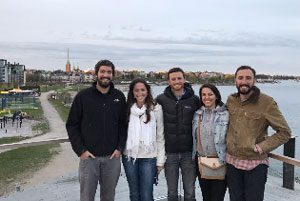
reclining chairs in one of the most popular saunas in Helsinki. Because of a family-friend connection, and good ole fashioned Finnish hospitality, we had the privilege of hearing a “Who are the Finns?” presentation from a former Fulbright director, who shared his insights with each incoming Fulbright Scholar group. His perspective, information, and storytelling conveyed a culture of survival, simplicity, isolation, yet fortitude. Sharing the longest border with Russia, and having been previously conquered by the Swedes, all while living on the periphery of Europe in one of the coldest climates in the world has not been easy for the Finns. It has created a culture of steadfastness, intelligence, but humility. The buildings are not fancy. Wealth is not on display. The people are not overly friendly or boisterous. However, the Finns are kind, smart (free education!), and resourceful. They think long term, are loyal to each other and their resources and are quick to welcome a group of foreign students working in Helsinki for a few weeks.
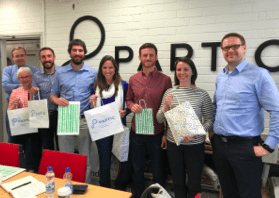
So, what were we doing there?
What was quite fascinating to us was seeing how this background provided a whole new context for understanding our clients. Our primary client, Tekes, is a Finnish innovation funding agency—it grants money to, and invests in, startups and R&D to create innovative Finnish businesses and help them scale their innovations to the world stage. Tekes selected three startups in particular for us to work with during the semester—they each had different projects for us, but all were working on scaling their innovations beyond the Finnish borders. We quickly observed a very common scenario: a brilliant Finnish scientist discovers a new innovation. He or she patents it, earns a grant or initial investment for lab testing and maybe a pilot but then is a bit stuck. It’s hard to receive the next level of funding without proving the ability to scale. But how do you prove the ability to scale without the funding to do so? Furthermore, how does a very technical scientist or engineer convey the business case or importance of the product in a way where investors can see the potential and long-term strategy? This is even more challenging in a culture where it is not common to put yourself out there and explain why your solution is the best and deserving of a partnership, resource, or investment.
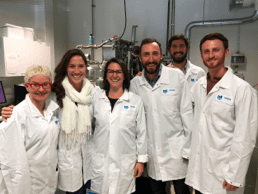
These are questions we sought to tackle with our clients: one which has figured out how to extract nanocellulose from agricultural side streams (which is a first!), one which uses wood-based fibers to create a replacement of plastic and cotton bags, but which is sturdier and more durable than regular paper bags, and one which tailors enzymes to reduce energy use and cost for major processing plants, such as paper mills. Sound complicated? We thought so, too. But after talking to many experts, doing immense amounts of research, and learning more about the companies themselves, we identified many synergies and trends between them. We focused on helping them find applications for their innovations, building a business model that invites investment and creates long term sustainability, and strategizing entrances into international markets. Along the way, we also had the privilege of visiting some of the pilot plants, learning about the production process and what makes the innovation so revolutionary, and experiencing some of the prototypes and early products.
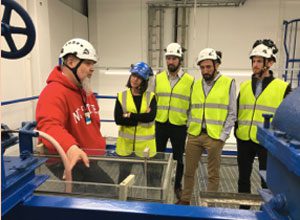
down, cleaned, and recycled for use in brand now clothing and textiles
Green Gold
While Tekes supports many aspects of innovation across industries, it heavily invests in arguably one of the most ‘Finnish’—the bioeconomy. In case that’s a new term (it was to us), bioeconomy means an economy that utilizes biological natural resources to create products, food, energy, and services. It generally focuses on the long-term viability of natural resources and biodiversity, reduces dependency on fossil fuels and synthetic materials, and promotes economic development and sustainable job creation. With 80% of its land is covered by forests, Finland has become a pioneer in the industry, which has created wealth and sustainable economic development for the prosperous country. This is largely attributed to their ability to maximize the

utilization of their natural resources in sustainable, wise ways. For example, the average US paper mill self-produces only 56% of its energy, while the average Finnish mill is over 100%. They actually create more energy than they need, as a result of their focus on resource efficiency and innovation.
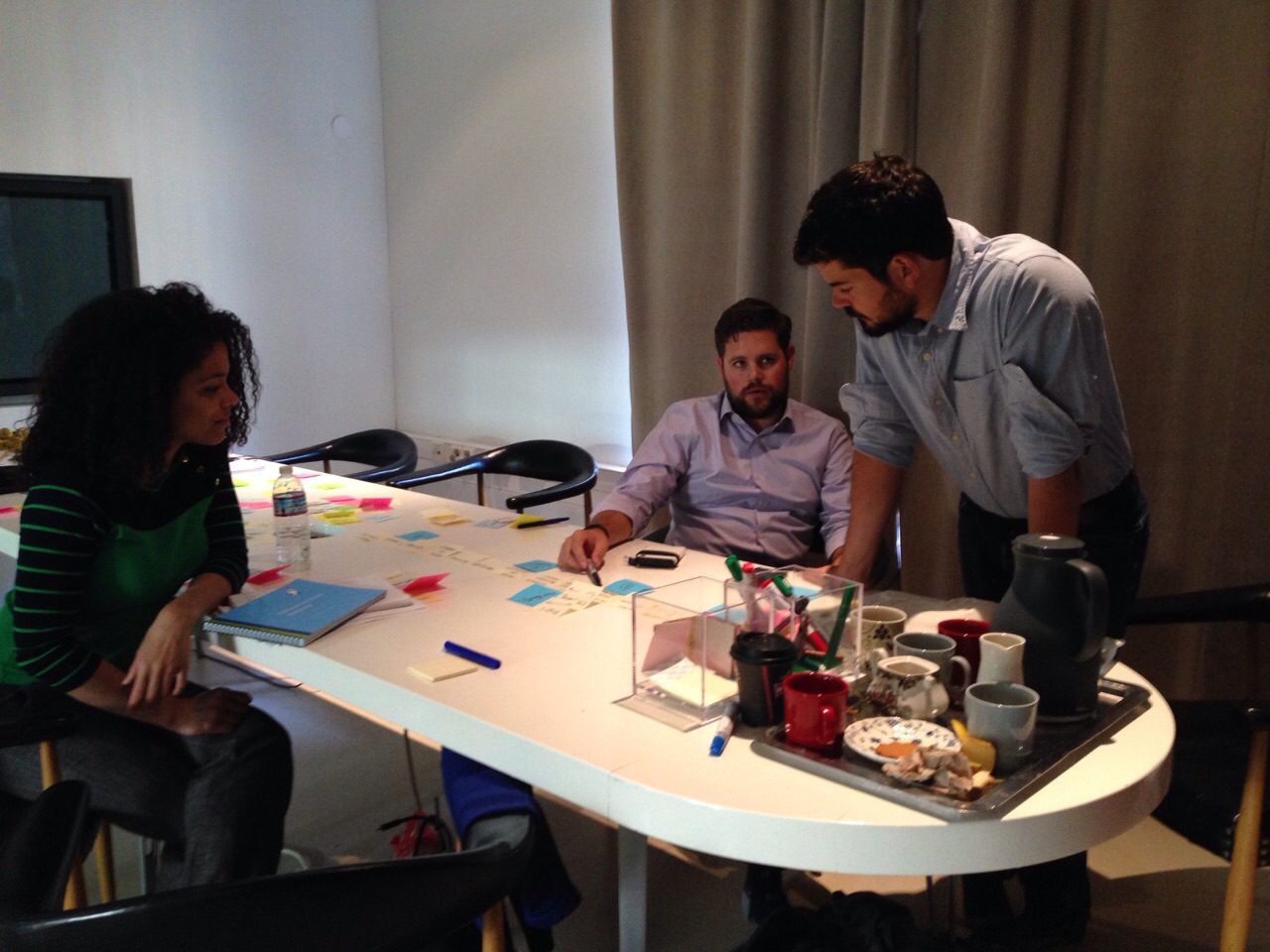
This mentality is what drives many of the entrepreneurs in Finland. In addition to our three startup clients, we also had the opportunity to visit and learn from an entrepreneur who takes used clothing, breaks it down, and then is able to make brand new material from it. We met another who figured out how to make cosmetic containers, which feel and function like plastic, but which are made 100% of wood-based material. These environmentally-focused innovators are using cutting edge technology to create large scale and sustainable change in the marketplace—and for these last few months, we had the privilege of being a part of it.
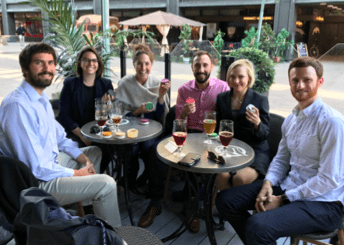
And in our spare time…

In case you’re concerned that we didn’t actually get to have a little fun, rest assured, we had plenty of play time. In our first weekend, we took a ferry over to Tallinn, Estonia, to visit the old and beautiful city for the weekend. From another fortuitous family-friend connection, we had the immense privilege of being taken to dinner by the Undersecretary to the Foreign Minister of Estonia, who also gave us all a history, geography, and cultural lesson on the Estonian people as well.
A memorable experience
When we arrived in Finland, most of us could not have told you the difference between it and its long, northern, Scandinavian neighbors. But we have learned to appreciate the understated and unassuming country—one that knows a thing or two about survival, protecting its people and its future, and perhaps most importantly, how to stay hot in those icy cold winters.


